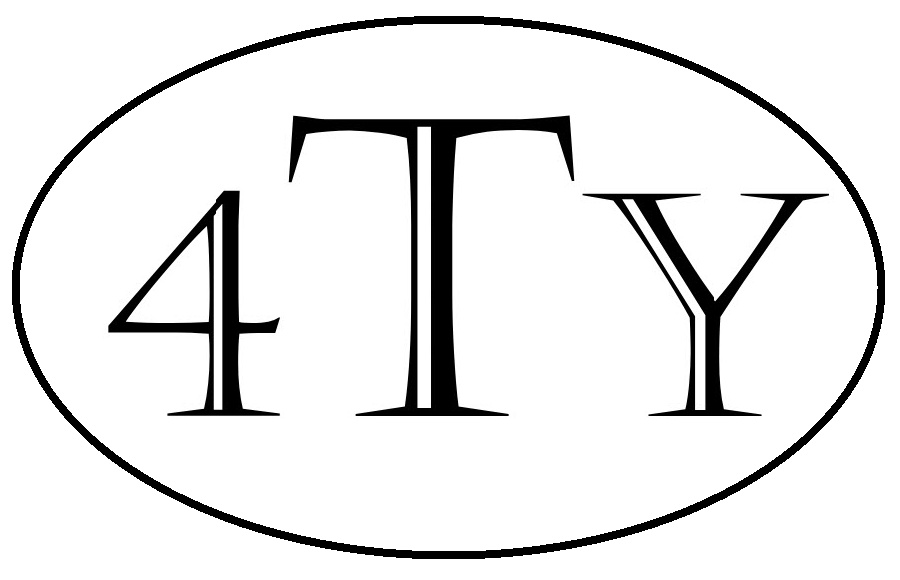

Back in the 20th century, isometric drawing was a technique in
fairly common use, within certain industries such as tool-and-die
making. It was one of many ways to represent 3-dimensional images
as a 2-dimensional drawing. It had some advantages but it never
really gained popularity in other sectors (for example
architecture) because it also had some kind-of-terrible
disadvantages that came to be known as "isometric ambiguity":
Despite all those potential bad consequences, isometric drawing did, and does still, have some advantages:
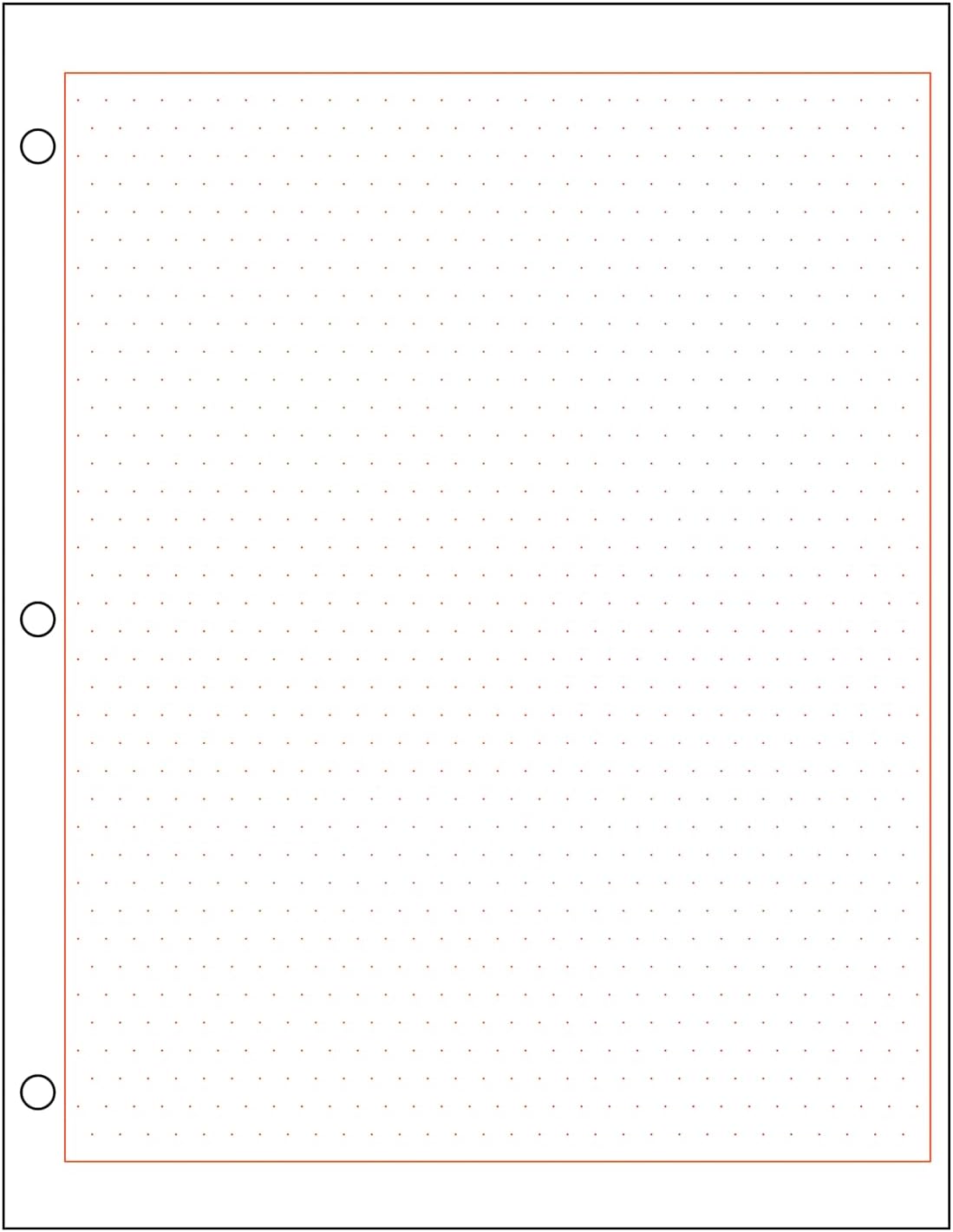
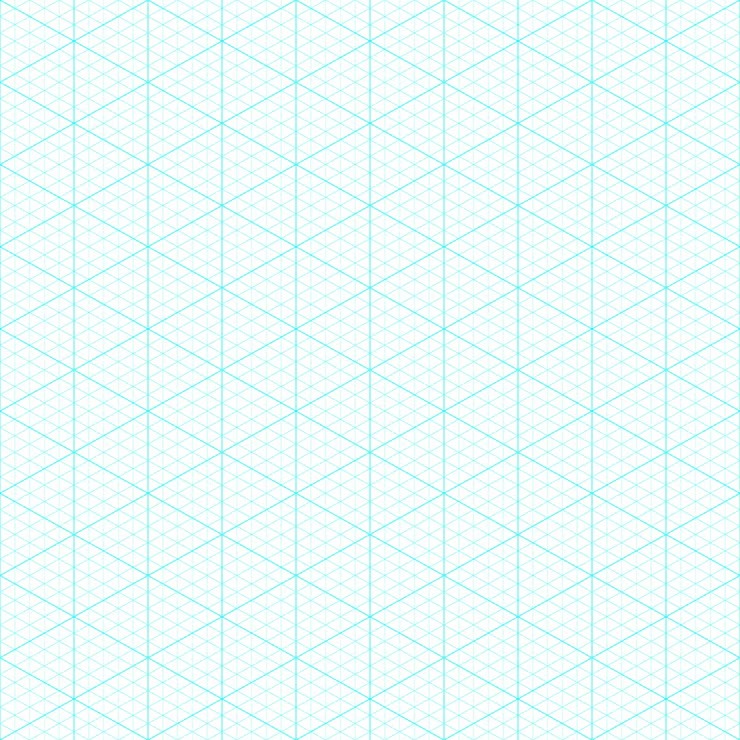




The problem becomes apparent once you move out of the realm of
simple student examples as above, attempting to draw/represent
more complicated objects. Consider for example this drawing:

which by the way violates a standard of isometric drawing in that
it uses shading (canonical isometric drawing consists only of
black lines on white paper or isometric graph paper). Even with
the shading it isn't terribly easy to figure out what's being
drawn here - kind of a "spacey block stack". When represented in
canonical form, it looks like one of these:
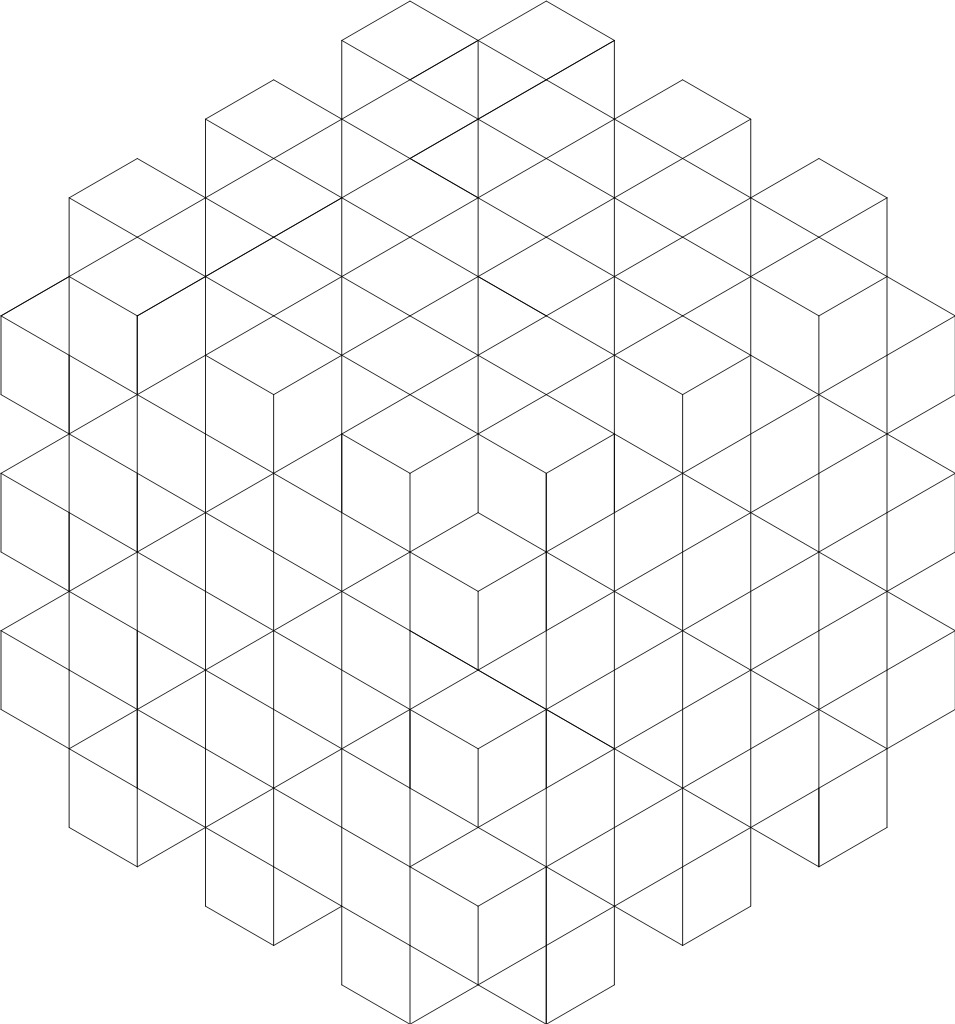
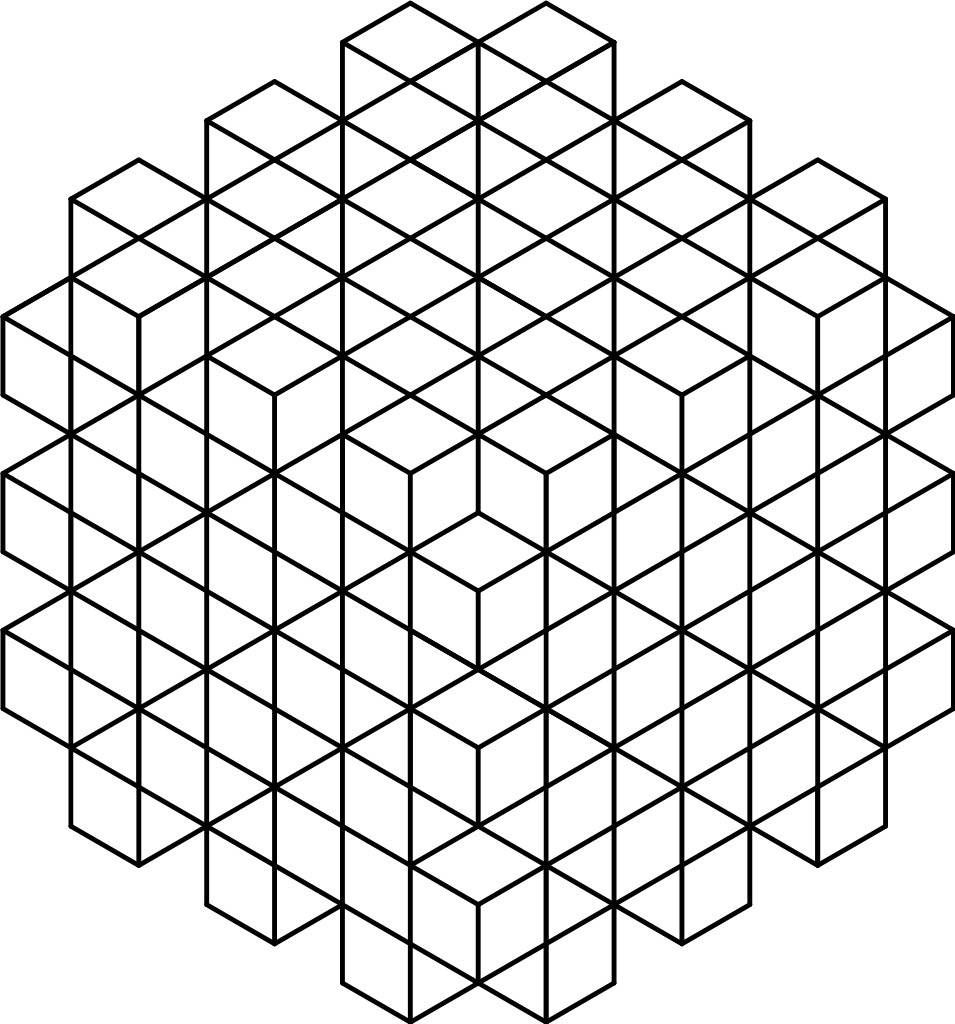
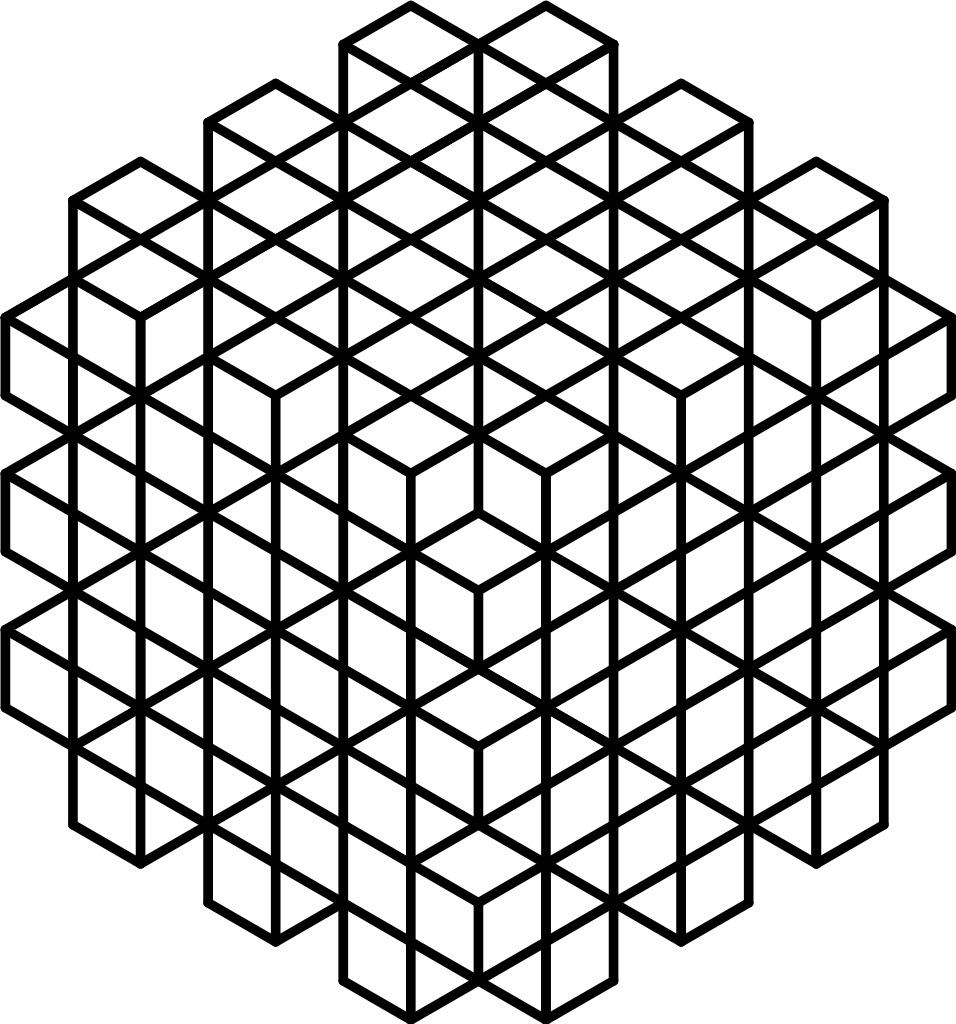
and now maybe you begin to see some of the problem. How well do
these drawings really convey, what is going on?
To get an even better idea of just how isometric ambiguity works
in action, first, consider this image, a perfectly good and fairly
simple isometric drawing. Can you see in your mind, the 3-D
object, or structure, that his drawing shows?:
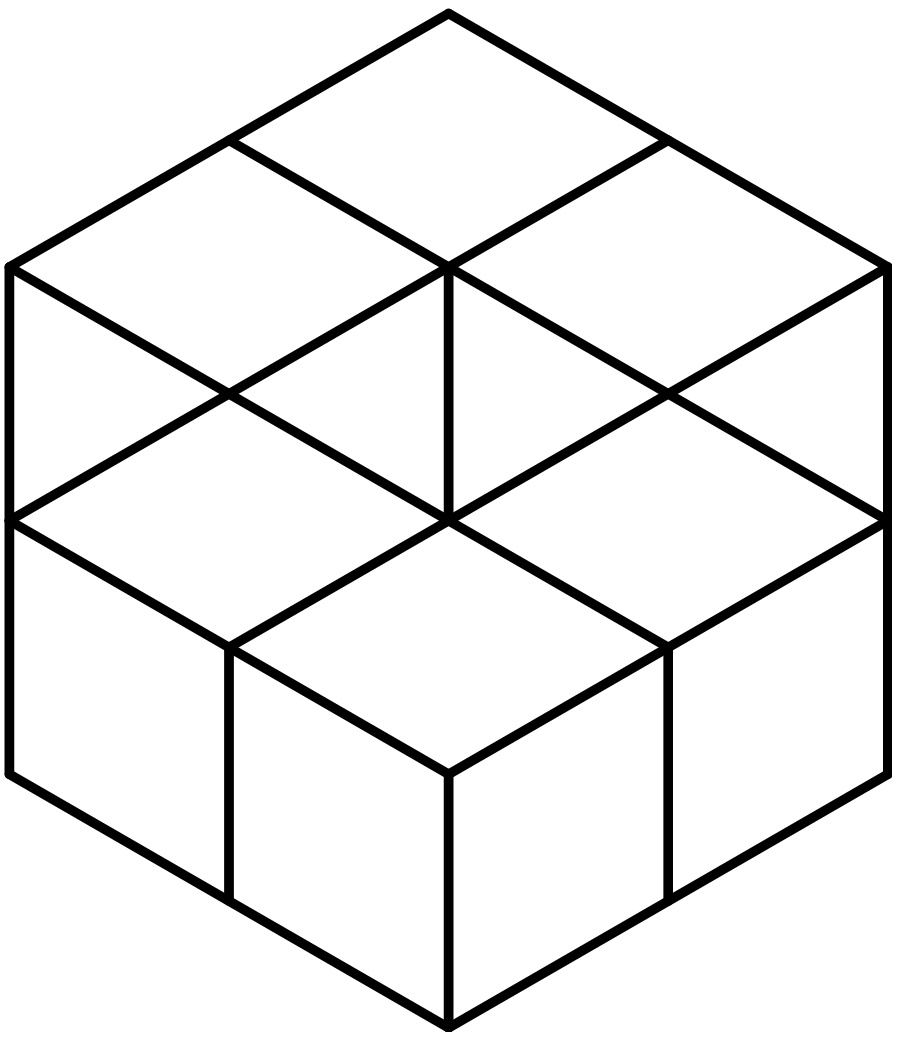
Now, keeping that in mind, have a look at this
page which shows the figure again, but with a "swipe
left/swipe right" feature that nicely demonstrates the ambiguity.
You may be able to see, that there are at least 4 figures (some
people see only two) that the isometric drawing can legitimately
represent. Then if you want more:
A few of the graphics on this page, and a bit of the text, I got off the internet and adapted. Potentially their creators might have or state a copyright claim. Generally all drawings I drew up/created myself. Other than the few exceptions, all materials including the text of this website Copyright 2025 Leo Hesting under the Creative Commons Attribution-ShareAlike 4.0 International license. Briefly,
You are free to:For more information see https://creativecommons.org/licenses/by-sa/4.0/
The licensor (Leo Hesting) cannot revoke these freedoms as long as you follow the license terms.
- Share - copy and redistribute the material in any medium or format for any purpose, even commercially.
- Adapt - remix, transform, and build upon the material for any purpose, even commercially.
Under the following terms:
- Attribution - You must give appropriate credit, provide a link to the license, and indicate if changes were made. You may do so in any reasonable manner, but not in any way that suggests the licensor endorses you or your use.
- ShareAlike - If you remix, transform, or build upon the material, you must distribute your contributions under the same license as the original.
- No additional restrictions - You may not apply legal terms or technological measures that legally restrict others from doing anything the license permits.